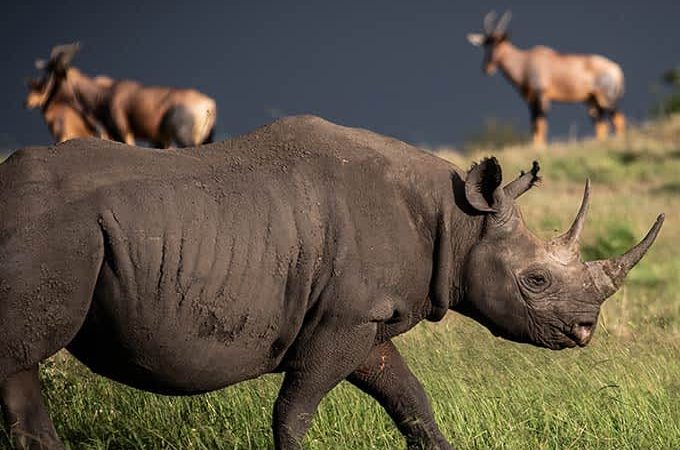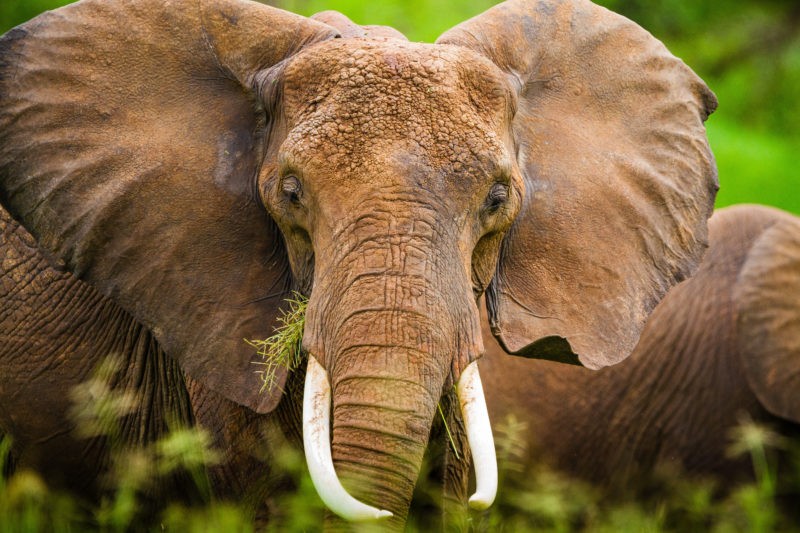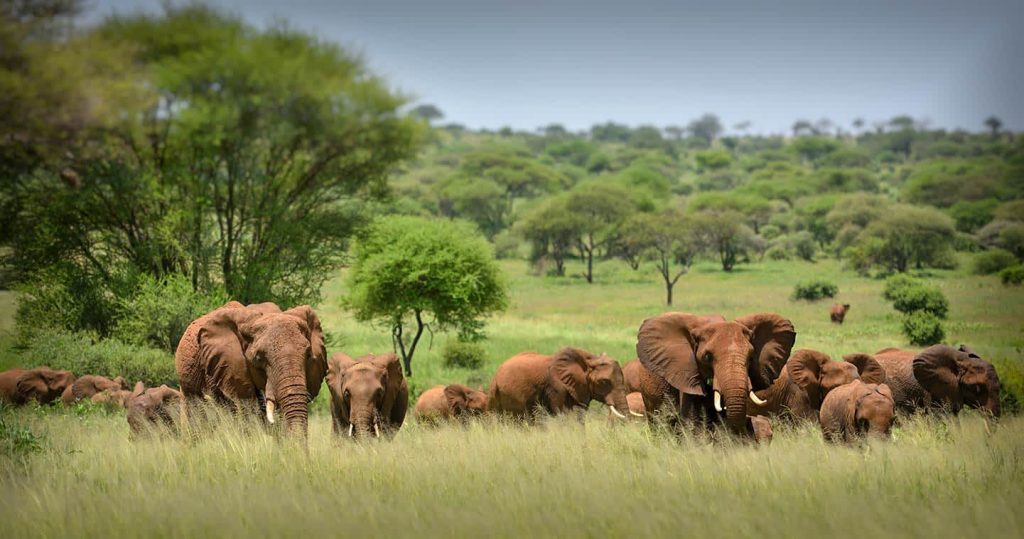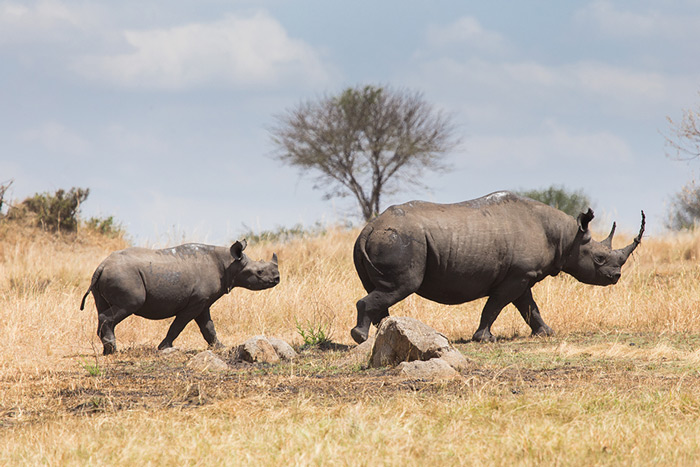Chasing the Big Five: Where to Find Africa’s Most Famous Animals




The Serengeti is world-renowned as one of the best places to experience the Big Five—lion, leopard, elephant, rhinoceros, and buffalo. These majestic creatures represent Africa’s wildlife heritage, and the Serengeti National Park offers unparalleled opportunities to observe them in their natural habitat. Known as the “Serengeti Big Five,” they attract nature enthusiasts, photographers, and adventurers eager to witness their beauty and power.
1. What are the Big Five?
The term “Big Five” originally referred to the five most challenging animals to hunt on foot, but today, it symbolizes the icons of African wildlife conservation and safari experiences.
- Lion: Known as the “King of the Jungle,” lions are apex predators and symbols of strength and pride.
- Leopard: The elusive and solitary leopards are famed for their stealth and agility.
- Elephant: The African elephant, the largest land mammal, is admired for its intelligence and social behavior.
- Rhinoceros: Critically endangered, rhinos are a conservation priority.
- Buffalo: Sometimes underestimated, buffaloes are formidable and protective of their herds.
2. The Serengeti as a Big Five Destination
The Serengeti’s vast and diverse ecosystems make it one of the most reliable places to spot the Big Five. Covering nearly 15,000 square kilometers, the park is home to thriving populations of these iconic animals.
Why the Serengeti Stands Out
- Diverse Habitats: From open plains to riverine forests, the Serengeti caters to each species’ unique needs.
- Abundant Prey: The abundance of herbivores supports thriving predator populations, particularly lions and leopards.
- Conservation Efforts: Anti-poaching initiatives and sustainable tourism have helped protect rhinos and elephants in the region.
3. Where to Find the Big Five in the Serengeti
Lion (Panthera leo)
- Location: Central Serengeti (Seronera Valley) is the best area for lion sightings. The open plains provide perfect hunting grounds for these social predators.
- Behavior to Watch:
- Pride dynamics, including playful cubs and protective males.
- Lions hunting during early mornings or late evenings.
- Fun Fact: The Serengeti has one of the largest lion populations in Africa, with over 3,000 individuals.
Leopard (Panthera pardus)
- Location: Leopards are most commonly found in the wooded areas of the Seronera Valley and along riverbanks.
- Behavior to Watch:
- Leopards resting on tree branches during the day.
- Night-time hunts showcasing their stealth and precision.
- Fun Fact: Leopards are solitary and territorial, often dragging their prey into trees to keep it safe from scavengers.
Elephant (Loxodonta africana)
- Location: The Western Corridor and northern parts of the Serengeti, including the Grumeti River area.
- Behavior to Watch:
- Family groups led by matriarchs navigating the landscape.
- Calves playing and learning from older elephants.
- Fun Fact: African elephants have incredible memories and communicate through low-frequency rumbles detectable over long distances.
Rhinoceros (Diceros bicornis)
- Location: Black rhinos are critically endangered and primarily found in the Moru Kopjes area.
- Behavior to Watch:
- Solitary grazing or mothers with calves.
- Rhinos marking their territory using scent glands.
- Fun Fact: The black rhino is a browser, preferring bushes and trees to grass, unlike its larger cousin, the white rhino.
Buffalo (Syncerus caffer)
- Location: Widely distributed across the Serengeti, particularly near water sources.
- Behavior to Watch:
- Large herds grazing or cooling off in mud pools.
- Defensive postures when predators approach.
- Fun Fact: Buffalo herds can number in the hundreds, and they fiercely protect their young and injured members.
4. When to See the Serengeti Big Five
Best Times for Sightings
- Dry Season (June–October):
- Animals congregate around water sources, making them easier to spot.
- Plains are less dense with vegetation, improving visibility.
- Wet Season (November–May):
- The lush landscape attracts herbivores, which in turn draw predators.
- Calving season provides opportunities to witness young animals and predator-prey interactions.
5. The Big Five and the Great Migration
The annual Great Migration, where over 1.5 million wildebeests and zebras traverse the Serengeti, provides unique opportunities to see the Big Five in action:
- Lions stalking migrating herds.
- Leopards ambushing prey along the migration route.
- Elephants crossing paths with migrating animals.
- Buffaloes grazing in the midst of the chaos.
- Rhinos roaming in quieter areas away from the migration crowds.
6. The Importance of Conservation
Protecting the Big Five is critical for the Serengeti ecosystem and its global significance:
- Anti-Poaching Efforts: Strict patrols and laws combat illegal hunting, particularly of rhinos and elephants.
- Tourism Revenue: Visitors contribute to funding conservation programs and local communities.
- Community Involvement: Engaging local communities ensures they benefit from conservation, reducing conflicts between humans and wildlife.
7. Tips for Spotting the Serengeti Big Five
- Go with an Expert Guide: Professional guides know animal behaviors, habitats, and the best spots for sightings.
- Use Binoculars: Essential for spotting elusive animals like leopards or distant rhinos.
- Be Patient: Wildlife encounters often require time and stillness.
- Time Your Visit: Early morning and late afternoon game drives are ideal for observing wildlife activity.
- Stay in Strategic Lodges: Accommodations near hotspots, like the Seronera Valley or Moru Kopjes, increase your chances of sightings.
8. Photography Tips for the Big Five
- Gear: Use a camera with a telephoto lens (200–400mm) for close-up shots of wildlife.
- Lighting: Early morning and golden hour provide the best natural light.
- Composition: Include the Serengeti’s iconic landscape for context and drama.
- Action Shots: Capture predator-prey interactions or elephants splashing in waterholes.
Conclusion
The Serengeti Big Five represent the essence of Africa’s wildlife heritage, and chasing them across the vast plains of the Serengeti is an adventure like no other. From the power of lions to the grace of leopards and the majesty of elephants, each encounter is unforgettable.
Visiting the Serengeti is not just about ticking off the Big Five; it’s about immersing yourself in a world where nature reigns supreme, and every moment is filled with wonder. Plan your Serengeti safari today and experience the magic of Africa’s most famous animals in their natural habitat!

One Comment